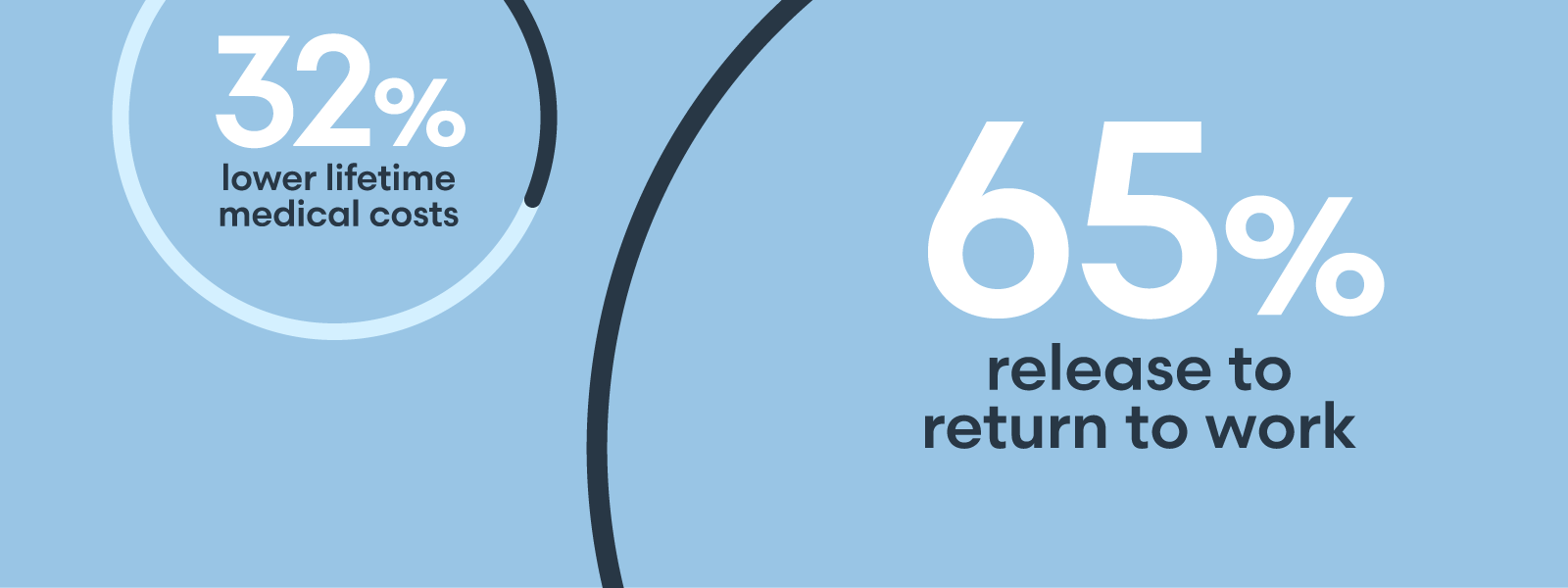


The global pandemic has created some of the biggest challenges healthcare providers have yet encountered. With much of the world largely shutting down to contain the coronavirus, a large number of non-acute care patients have shifted to virtual visits or e-visits with providers. While this shift offers some significant benefits, it also is raising new risks.
Telehealth, or telemedicine, has many positive aspects to it. It can be a key to more efficient, less expensive care and can facilitate treatment, especially for populations that lack access to healthcare. In certain specialties, such as psychiatry, dermatology, and radiology, telehealth has been used safely and effectively for years, and it is a convenient way for specialists to consult with each other. In the COVID-19 era, however, telehealth has become the default channel for non-acute care delivery and check-ins with physicians for reasons that have nothing to do with the coronavirus. This is where risks are emerging.
There are many scenarios in which healthcare providers should perform physical examinations on patients, from checking vital signs to listening to patients' lungs, to palpating lymph nodes and vital organs. In virtual office visits, online encounters skip the physical exam and rely on patients to self-report symptoms. Let's consider some of the risks to this approach, which include:
Lack of guidelines. Despite the high number of COVID-related cases, there is a far larger number of patients who aren't suffering from the virus. For a relatively brief period of time, the pandemic essentially stopped routine care in its tracks in a number of healthcare specialties, and this badly interrupted providers' practices. A sudden shift to virtual visits and e-visits occurred, with limited time for creating guidelines and establishing thresholds for when a patient must still have an in-person visit, or even proceed directly to an emergency room.
Documentation. Delivering quality and continuity in healthcare has always relied on effective documentation. With virtual visits, documentation is essential. One critical piece to always document is the provider's communication with the patient that a virtual encounter is different and does not involve a physical examination. Providers should always document when they did not perform a physical exam or that the initial course of treatment was based on patient-reported symptoms.
Privacy and security. In today's world, well-resourced medical practices and hospitals have centralized, secure portals for interacting virtually with patients. But others may not have yet developed those capabilities. As a result, they have defaulted to allowing patients to use any device available for e-visits. Privacy and information security could be compromised in these circumstances, which can be particularly worrisome for providers. If personal health information is exposed or stolen, providers can face steep regulatory fines and liability lawsuits.
Despite these myriad risks, the pandemic also has introduced some unanticipated positives. In addition to a broader acceptance of telemedicine as an efficient way to expand access to care, there are now visibly safer intake processes for patients in treatment settings. Checking healthcare workers for symptoms and requiring ill individuals to remain at home is a practice that is likely to survive the end of COVID-19. More diligent hygiene and disinfecting practices development during the pandemic also may contribute to fewer cases of ancillary infections during office visits and hospital stays in the future.
Decade of claims insights
In October, Coverys released the results of a 10-year study of medical professional liability claims. Coverys uses advanced analytical tools to assess claim data and determine the root causes of risks. Among the study findings are improvements in some specialties, such as anesthesia, and medication error, and continued room for improvement in diagnosis and surgical cases.
Claims alleging missed or delayed diagnosis, particularly in patients with cancer, continue to dominate as a troublesome source of medical professional liability, the study found. In addition, surgical errors involving skill and process variabilities in the overall surgical experience (pre-op, intra-op, and post-op) have not seen a detectable decline. And surprisingly, despite significant attention paid over the last few years, wrong-site surgeries and retained foreign bodies have not yet been eliminated. For information on the study, please visit the Knowledge Center at www.coverys.com.
Analytics' role in mitigating risk
Advanced analytics, including artificial intelligence, offer the opportunity to transform risk management in healthcare. Risk management has historically been a reactive function — responding to events that have already happened, whether it's COVID-19 or another type of incident. Integrating this important discipline with data-driven analytics can help risk management become more predictive. In turn, data-driven risk intelligence will help healthcare providers take the necessary steps to mitigate their risks and improve outcomes before harm reaches the patient.
Robert Hanscom is vice president of risk management and analytics at Coverys, a leading provider of medical professional liability insurance. He oversees Coverys' operations and resources dedicated to developing actionable insights for clients and insureds to reduce risk.
Lorem ipsum dolor sit amet, consectetur adipisicing elit, sed do eiusmod tempor incididunt ut labore et dolore magna aliqua. Ut enim ad minim veniam, quis nostrud exercitation ullamco laboris nisi ut.
Lorem ipsum dolor sit amet, consectetur adipisicing, sed do eiusmod tempor incididunt ut labore et dolore magna aliqua. Ut enim ad minim veniam, quis nostrud exercitation ullamco laboris nisi ut. Ut ad minim veniam.
Vestibulum ante ipsum primis in faucibus orci luctus etel ultrices posuere cubilia Curae.
Lorem ipsum dolor sit amet, consectetur adipisicing elit, sed do eiusmod tempor incididunt ut labore et dolore magna aliqua. Ut enim ad minim veniam, quis nostrud exercitation ullamco laboris nisi ut.
Sed ut perspiciatis unde omnis iste natus error sit voluptatem!
Nemo enim ipsam voluptatem quia voluptas sit odit aut fugit!
Ut enim ad minima veniam, quis nostrum exercitationem ullam!

"Et harum quidem rerum facilis est et expedita distinctio!"

"Nam libero tempore, cum soluta nobis est eligendi."

"Temporibus autem quibusdam et aut officiis debitis!"